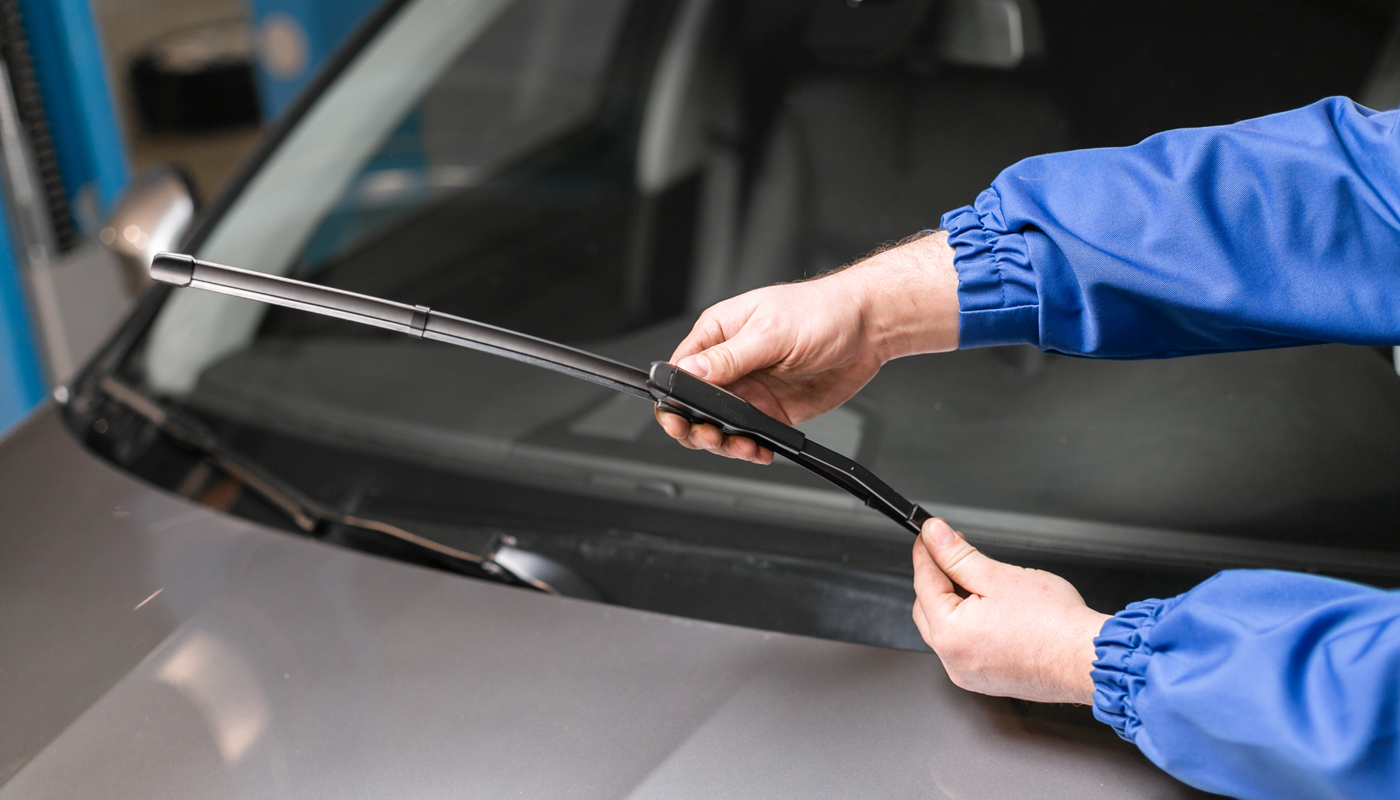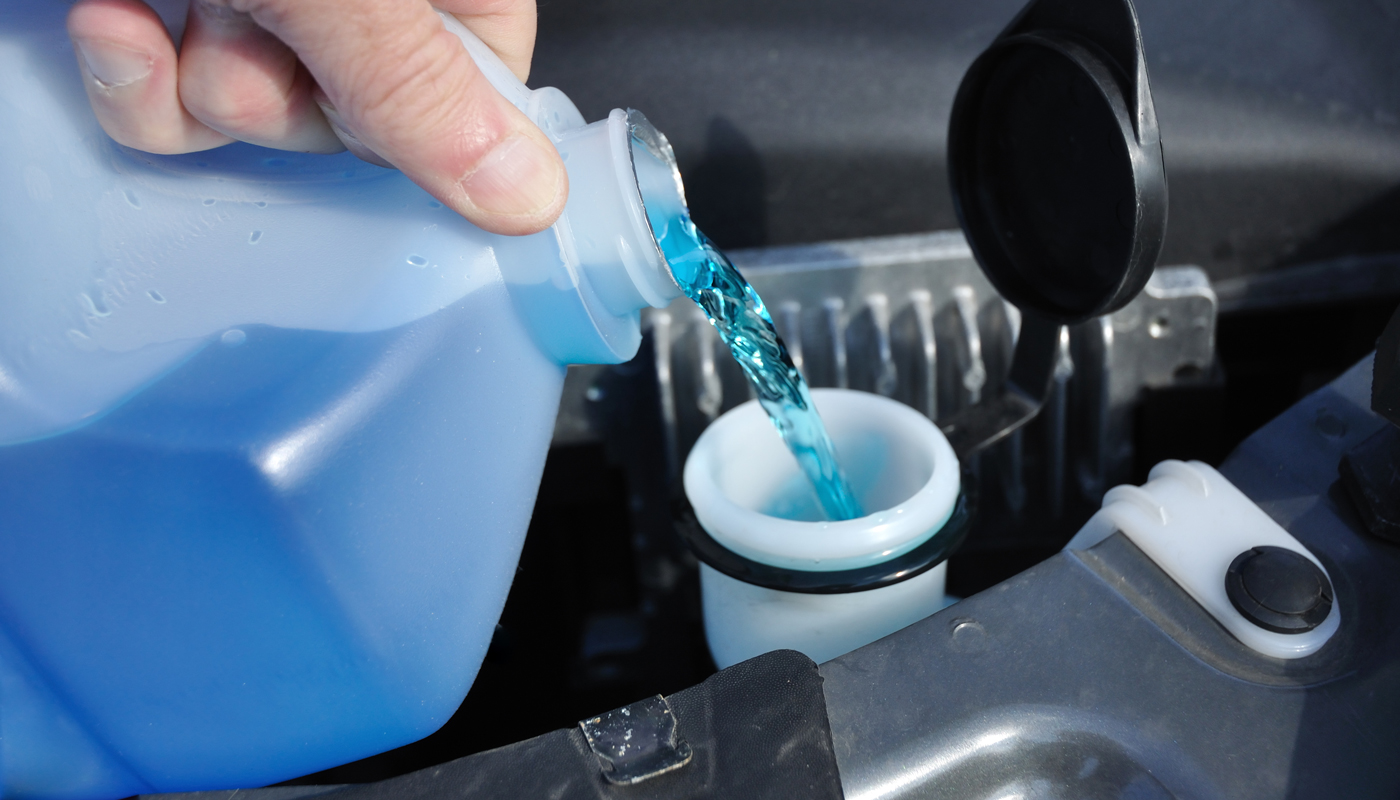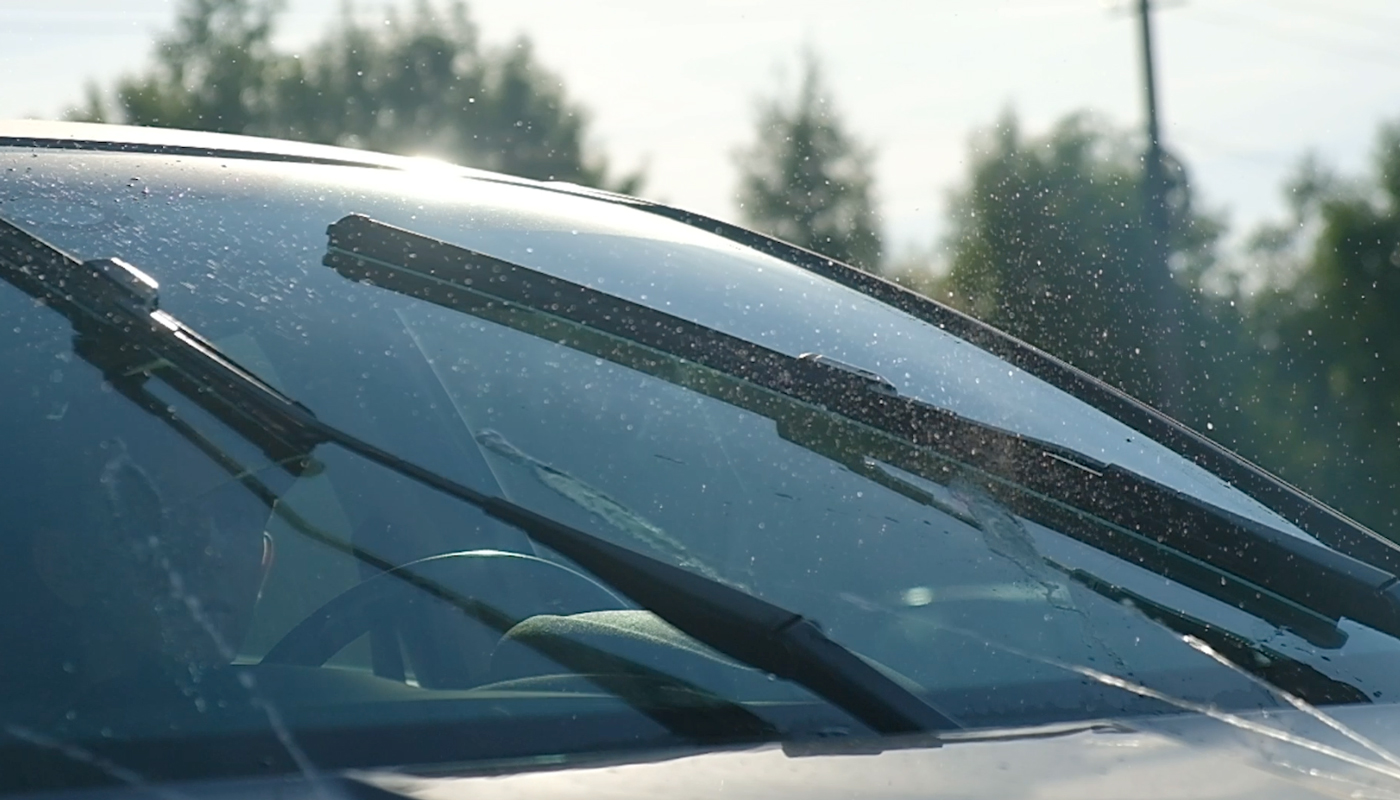Windshield Wiper Safety and Maintenance: Ensuring a Clear View on the Road
Are You Maintaining Your Vehicle’s Windshield Wipers Properly?
Windshield wipers are essential for maintaining clear visibility while driving, especially during adverse weather conditions. However, they often go unnoticed until they begin to fail. Worn or dirty wiper blades can significantly reduce visibility, making driving hazardous. Ensuring that your windshield wipers are in optimal condition is crucial for your safety.
 Adobe
Adobe
The Importance of Windshield Wiper Maintenance
Windshield wipers are more than just a convenience; they are a critical safety feature of your vehicle. Proper maintenance of wiper blades can extend their life to two years or more, but on average, today’s wipers typically last between 6-12 months. Factors such as exposure to heat, dust, dirt, UV radiation and acid rain can shorten their lifespan. Replacing them seasonally ensures they work effectively when needed.
 Adobe
Adobe
Maintaining Your Windshield Wipers: Tips for Clear, Safe Driving
- Replace Both Wiper Blades Together: If one wiper blade is showing signs of wear, chances are the other isn't far behind. It's a good practice to replace both at the same time for an even and effective cleaning.
- Clean Your Wiper Blades Regularly: Keep your wipers in top shape by lifting them off the windshield and wiping them down with a clean, damp cloth. Don't forget to clean the bottom of your windshield too, as debris can accumulate and impair visibility when dragged by the wipers.
- Choose the Right Wiper Blades: When picking new wiper blades, think about size, season and price. Winter wipers are designed with tougher rubber to handle snow and ice. Remember, wiper blades can vary in size, so measure both or check your car's owner’s manual before buying.
- Use Wipers Properly: Wipers work best on a wet windshield. If it’s dry, use the washer fluid to wet it before turning on the wipers. Avoid using wipers to remove ice or snow since this can damage blades. An ice scraper, deicer spray or your car’s defroster are better options
- Be Careful with Deicing Products: Deicing sprays are generally safe for wiper blades and typically contain methanol, which is harmless when used correctly. Simply follow the instructions to prevent any damage.
Regular maintenance of your windshield wipers is a simple and effective way to ensure clear visibility and safe driving conditions. Keep these tips in mind, and you'll be ready for whatever the road throws your way.
Windshield Repairs: When Should You Fix or Repair?
Get Repair Info Adobe
Adobe
Understanding Windshield Wiper Fluid Basics
Keeping your windshield clean is crucial for safe driving, and windshield wiper fluid plays a big role in that. This specially formulated fluid helps remove dirt, grime and those pesky bugs from your windshield, ensuring your wipers work at their best.
Unlike plain water, windshield wiper fluid is packed with cleaning agents that tackle stubborn residues, making it easier for your wipers to do their job. Some fluids even come with antifreeze properties, so they won’t freeze up on you during the colder months, keeping your visibility clear all year round.
Choosing the right windshield wiper fluid can make a big difference. Here’s a quick guide to help you pick the best one for your needs:
- All-Season Wiper Fluid: Perfect for year-round use, this fluid handles a variety of climates and can effectively clean moderate dirt, grime and debris. Typically, this fluid is orange in color.
- Deicing Wiper Fluid: Ideal for winter driving, this fluid has antifreeze agents that prevent freezing and help melt ice on your windshield. You’ll find this wiper fluid to be yellow in color.
- Bug Remover Wiper Fluid: Formulated for those tough insect residues, this fluid contains strong cleaning agents to break down sticky bug splatter. Most bug remover fluid is green in color.
- Water Repellent Wiper Fluid: Adds a hydrophobic layer to your windshield, making water bead off quickly and improving visibility during heavy rain. The water repellent wiper fluid is usually blue.
Regularly check your wiper fluid levels and choose the right type for your driving conditions. It’s a simple step that goes a long way in keeping you safe on the road, ensuring you always have a clear view ahead.
 Adobe
Adobe
How to Change Windshield Wiper Blades
Changing windshield wiper blades is a simple task that you can do yourself with a few basic steps:
- Identify the Right Size: Before purchasing new wiper blades, measure the old ones or refer to your vehicle’s owner’s manual to determine the correct size. Tip: Always measure both blades. The windshield wiper on the passenger side is often a different length than on the driver's side. If your car has a rear windshield wiper, note its measurement as well. Replace windshield wipers for both the front and back windshields at the same time.
- Lift the Wiper Arm: Gently lift the wiper arm away from the windshield until it stands on its own. Avoid letting it snap back against the glass to prevent damage.
- Remove the Old Blade: Locate the release tab or button on the wiper blade where it connects to the wiper arm. Press or slide this tab to release the old blade, then slide it off the arm.
- Attach the New Blade: Align the new blade with the arm and slide it into the hook until it clicks securely.
- Test the New Blades: Lower the wiper arm back onto the windshield and test the new blades by spraying washer fluid and turning on the wipers to ensure they are functioning smoothly.
Maintaining and replacing your windshield wipers when necessary ensures you always have a clear view of the road, contributing to your overall driving safety.
